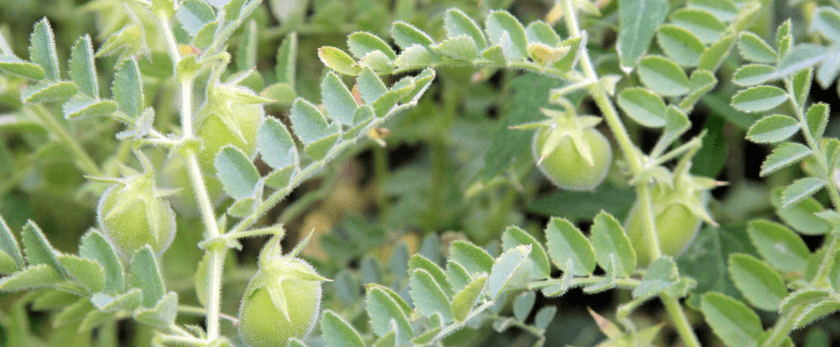Lentils are a versatile and nutritious legume that can be easily grown in your own backyard. Not only are they a great addition to your diet, but they also have a positive impact on the environment. Lentils are nitrogen-fixing plants, meaning they have the ability to convert nitrogen from the air into a form that can be used by other plants. This makes them an excellent crop for improving soil health and reducing the need for synthetic fertilizers.
If you're interested in growing your own lentils, here's a step-by-step guide on how to care for them, the best time to grow them, and common problems you may encounter.
How to Care for Lentils
Watering
Lentils require consistent moisture to grow, but they don't like to be waterlogged. It's important to keep the soil evenly moist, but not soggy. Water your lentils deeply once a week, or more frequently if the weather is hot and dry. Avoid overhead watering, as this can increase the risk of fungal diseases. Instead, water at the base of the plant to keep the leaves dry.
Light
Lentils prefer full sun, but they can also tolerate partial shade. If you're growing them in a hot climate, providing some afternoon shade can help prevent the plants from wilting. If you're growing lentils indoors, place them near a south-facing window to ensure they receive enough sunlight.
Soil
Lentils grow best in well-draining, loamy soil with a pH between 6.0 and 7.0. They don't do well in heavy clay or compacted soil. If your soil is not ideal, you can amend it with compost or well-rotted manure to improve its texture and fertility. Avoid using synthetic fertilizers, as lentils are sensitive to high levels of nitrogen.
Fertilizer
As mentioned earlier, lentils are nitrogen-fixing plants, so they don't require much additional fertilizer. However, if your soil is poor or you're growing lentils in containers, you can use a balanced organic fertilizer once or twice during the growing season. Be sure to follow the instructions on the fertilizer package and avoid over-fertilizing, as this can lead to excessive foliage growth and reduced yield.
Pruning
Lentils don't require much pruning, but you can pinch off the top of the plant when it reaches about 6 inches in height. This will encourage the plant to branch out and produce more pods. You can also remove any yellow or damaged leaves to prevent the spread of diseases.

What is the Best Time to Grow Lentils?
Lentils are cool-season crops that prefer temperatures between 60-70°F. They can be planted in early spring as soon as the soil can be worked, or in late summer for a fall harvest. In warmer climates, lentils can be grown as a winter crop. It's important to avoid planting lentils in hot weather, as this can cause the plants to bolt and reduce the yield.
Common Problems with Lentils
Pests
Lentils are relatively pest-free, but they can be susceptible to aphids, thrips, and spider mites. These pests can be controlled by spraying the plants with a strong stream of water or using insecticidal soap. Avoid using chemical pesticides, as they can harm beneficial insects and pollinators.
Diseases
The most common diseases that affect lentils are fungal diseases such as powdery mildew, rust, and anthracnose. These diseases can be prevented by providing good air circulation, avoiding overhead watering, and removing any infected plants or debris from the garden. If necessary, you can also use organic fungicides to control these diseases.
Weeds
Weeds can compete with lentils for nutrients and water, so it's important to keep the garden weed-free. You can use mulch to suppress weeds and keep the soil moist. Hand-pulling weeds is also an effective method, but be careful not to disturb the shallow roots of the lentil plants.
Conclusion
Growing lentils is a rewarding experience that not only provides you with a nutritious food source but also benefits the environment. By following these care tips and being mindful of potential problems, you can successfully grow your own lentils and contribute to a more sustainable future. So why not give it a try and add this versatile legume to your garden? Your taste buds and the planet will thank you.










